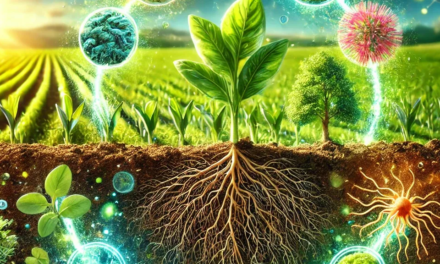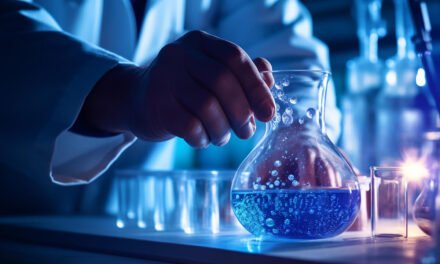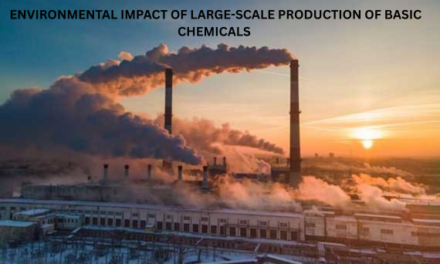Fine chemicals are high-purity, complex compounds produced in small quantities for specialized and high-value applications. Their unique chemical properties make them indispensable across a variety of industries. Below are the primary applications of fine chemicals:
1. Pharmaceuticals
- Role:
- Fine chemicals serve as active pharmaceutical ingredients (APIs) or intermediates in the synthesis of drugs.
- They are critical for the development and production of both small-molecule drugs and biopharmaceuticals.
- Applications:
- APIs like ibuprofen, atorvastatin (for cholesterol control), and paracetamol.
- Intermediates for antibiotics, antivirals, and anti-cancer drugs.
- Excipients such as stabilizers and solubilizers.
- Example: Fine chemicals are used in synthesizing amoxicillin, a commonly prescribed antibiotic.
2. Agrochemicals
- Role:
- Fine chemicals are used as active ingredients or precursors in crop protection products and fertilizers.
- Applications:
- Herbicides, fungicides, and insecticides.
- Slow-release fertilizers and micronutrient supplements.
- Example: Fine chemicals like glyphosate (herbicide) and imidacloprid (insecticide) are widely used in agriculture.
3. Biotechnology
- Role:
- Fine chemicals are vital for biotechnological applications, including enzyme production and DNA synthesis.
- Applications:
- Reagents for molecular biology and genetic engineering.
- Peptide synthesis and protein purification.
- Enzyme-based industrial processes in food and pharmaceuticals.
- Example: Peptide synthesis reagents like Fmoc-protected amino acids.
4. Electronics
- Role:
- High-purity fine chemicals are essential in manufacturing semiconductors, displays, and advanced electronics.
- Applications:
- Etchants and dopants for semiconductor fabrication.
- High-performance materials for batteries and fuel cells.
- Organic light-emitting diodes (OLEDs) and photovoltaic materials.
- Example: Trimethylgallium is a fine chemical used in producing LEDs and semiconductor devices.
5. Personal Care and Cosmetics
- Role:
- Fine chemicals act as active ingredients or functional additives in cosmetics and personal care products.
- Applications:
- Anti-aging compounds like retinol and peptides.
- UV filters in sunscreens (e.g., avobenzone and octinoxate).
- Skin brightening agents like niacinamide.
- Example: Squalane, derived from bio-based sources, is a moisturizing fine chemical used in skincare.
6. Food and Beverages
- Role:
- Fine chemicals are used as additives, preservatives, and flavoring agents in food products.
- Applications:
- Artificial sweeteners like aspartame and sucralose.
- Natural colorants and flavors.
- Nutritional supplements such as vitamins and amino acids.
- Example: Vitamin C (ascorbic acid) is a fine chemical used as a preservative and health supplement.
7. Paints, Coatings, and Adhesives
- Role:
- Fine chemicals enhance the performance and functionality of coatings and adhesives.
- Applications:
- UV stabilizers and curing agents.
- Specialty pigments and dyes for color consistency.
- Adhesion promoters and cross-linking agents.
- Example: Epoxy resins for industrial coatings.
8. Polymers and Advanced Materials
- Role:
- Fine chemicals are used as monomers, catalysts, or additives in polymer production.
- Applications:
- High-performance plastics for aerospace, automotive, and medical applications.
- Biodegradable polymers for sustainable packaging.
- Conductive polymers for electronic devices.
- Example: Polylactic acid (PLA) synthesized using lactic acid as a fine chemical.
9. Energy and Environment
- Role:
- Fine chemicals support clean energy technologies and environmental sustainability.
- Applications:
- Electrolytes for lithium-ion batteries.
- Catalysts for hydrogen production and fuel cells.
- Chemical absorbents for carbon capture.
- Example: Metal-organic frameworks (MOFs) for CO₂ adsorption.
10. Research and Development
- Role:
- Fine chemicals are indispensable in academic and industrial research.
- Applications:
- Custom reagents for chemical synthesis and analytical studies.
- Standards for chromatography and spectroscopy.
- Example: High-purity solvents like acetonitrile for HPLC analysis.
11. Fragrances and Flavors
- Role:
- Fine chemicals form the base of perfumes, fragrances, and flavorings.
- Applications:
- Aromatic compounds like vanillin and coumarin.
- Synthetic musk and essential oil derivatives.
- Example: Linalool, a fine chemical used in fragrances and flavors.
12. Textiles
- Role:
- Fine chemicals are used in dyeing, finishing, and treating fabrics.
- Applications:
- Specialty dyes and pigments.
- Anti-bacterial and water-repellent coatings.
- Example: Reactive dyes for cotton textiles.
13. Specialty Chemicals for Defense and Aerospace
- Role:
- Fine chemicals enhance performance and durability in aerospace and defense applications.
- Applications:
- High-performance lubricants and adhesives.
- Thermal-resistant polymers and coatings.
- Example: Fluorinated fine chemicals for aerospace applications.
14. Healthcare and Diagnostics
- Role:
- Fine chemicals are used in diagnostic reagents and imaging agents.
- Applications:
- Contrast agents for MRI and CT scans.
- Biochemical markers for disease detection.
- Example: Iodinated compounds for X-ray imaging.
Conclusion
Fine chemicals play a vital role in a wide range of industries, enabling innovation and high-value applications. Their specificity, complexity, and high purity make them indispensable for industries like pharmaceuticals, electronics, and biotechnology. As demand for specialized, eco-friendly, and high-performance products continues to grow, fine chemicals will remain a critical component in advancing technology and sustainability.
Hashtags
#FineChemicalsApplications #SpecialtyChemicalsUses #HighValueChemicals #FineChemicalsInIndustry #AdvancedChemicalApplications #PharmaceuticalChemicals #ActivePharmaceuticalIngredients #APIsInPharma #DrugDevelopmentChemicals #HealthcareChemicals #BiotechChemicals #Biopharmaceuticals #LifeSciencesChemicals #BioChemicalApplications #BioTechInnovation#AgroChemicals #CropProtectionChemicals #FertilizersAndPesticides #SustainableAgricultureChemicals #AgriScienceChemicals #FoodChemicals #FlavorAndFragranceChemicals #FoodAdditives

















